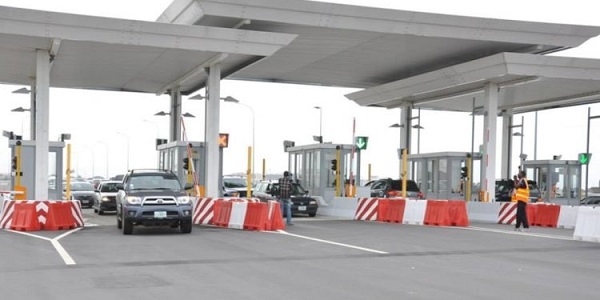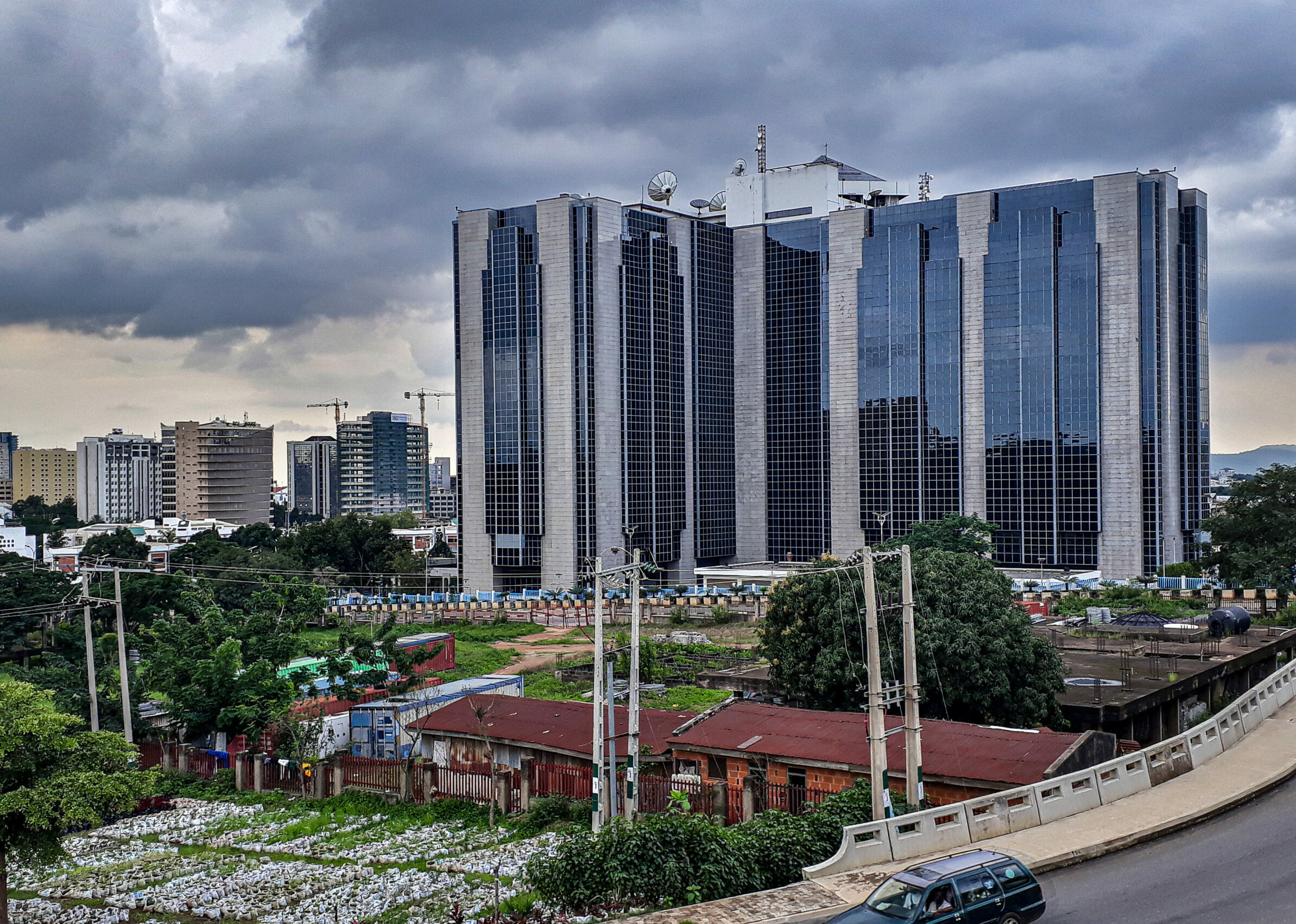The realm of art is undergoing a profound conversion. No longer confined to static canvases and hushed galleries, art is breaking free, enveloping audiences in dynamic, multi-sensory immersive art experiences. This evolution is reshaping how we engage with creative expression, blurring the lines between observer and participant. This article delves into the innovative technologies, artistic vision, and emerging trends that are propelling this exciting movement forward. The rise of these experiences is a testament to our desire for more than just observation; we crave participation, connection, and a deeper understanding.
as technology advances, the possibilities for immersive art experiences are expanding exponentially. From interactive projections transforming entire rooms into living artworks to virtual reality journeys through imagined worlds, artists are harnessing these tools to create profoundly impactful encounters. This shift not only broadens the appeal of art but also creates new avenues for artists to express their unique perspectives and stories.
Several key technologies are driving the immersive art revolution:
The convergence of these technologies is fostering a new era of artistic expression, where artists can create experiences that are both visually stunning and deeply engaging.
Did You Know? According to a recent report by Art Basel and UBS,digital and immersive art sales have increased by 60% in the past two years,indicating a significant growth trajectory in this sector.
The appeal of immersive art experiences lies in their ability to engage multiple senses together,creating a holistic and deeply personal connection to the artwork. By immersing viewers in sights, sounds, and even tactile sensations, artists can evoke powerful emotions and create lasting memories.
Here’s a breakdown of sensory engagement:
| Sense | Immersive Technique | Impact |
|---|---|---|
| Sight | Projection mapping, VR/AR visuals | Creates dramatic and dynamic environments |
| Sound | Spatial audio, interactive soundscapes | enhances atmosphere and emotional impact |
| Touch | Haptic feedback, interactive surfaces | Adds a layer of physicality and engagement |
| Smell | Scent diffusion, curated aromas | Evokes memories and enhances immersion (less common, but growing) |
The future of immersive art experiences is brimming with possibilities, driven by advancements in technology and evolving audience expectations. Here are some key trends to watch:
Pro Tip: When planning your first immersive art experience, research the artist and the technology used. Understanding the creative process and technical aspects can greatly enhance your appreciation.
While specific artists aren’t mentioned here (as requested), consider researching contemporary creators using tools like VR to create entire worlds, or projection mapping that transforms familiar buildings into extraordinary works of art. You’ll find examples that showcase how immersive art experiences are truly redefining creative spaces.
These examples demonstrate the transformative potential of immersive art, inspiring viewers to see the world in new ways and pushing the boundaries of creative expression.
Immersive art experiences not only reshape artistic expression but also have a broader impact on society. By making art more accessible and engaging, these experiences can foster creativity, promote cross-cultural understanding, and inspire positive social change. The interactive nature of immersive art encourages collaboration and shared experiences, strengthening community bonds and creating a sense of collective ownership.
Moreover, the integration of technology opens doors to new forms of artistic expression for individuals with disabilities, enabling them to participate and contribute to the artistic landscape in unprecedented ways.
Staying up-to-date with local and international art events is crucial. Websites dedicated to art and culture often feature listings of immersive art experiences. Also, many museums and galleries are beginning to incorporate immersive exhibits into their permanent or temporary collections. Be sure to explore online communities and social media to discover events and exhibitions that align with your interests.
Consider these questions before you go:
Answering these questions will help you find the perfect immersive art experience for you!
Studies by the American Art Therapy Association show that engaging with art can substantially reduce stress and anxiety. Additionally, immersive experiences create a sense of presence and flow which can promote relaxation and mindfulness, fostering a state of deep engagement that distracts from daily worries and enhances overall wellbeing. More recent data from 2024 indicates that participants in immersive art experiences reported a 30% decrease in stress levels compared to viewing traditional art forms alone.
An immersive art experience transcends traditional art viewing by enveloping the audience in a multi-sensory environment. Using technology, sound, light, and space, the viewer becomes part of the artwork itself.
Advanced projection mapping, virtual reality (VR), augmented reality (AR), and interactive sensor technology are commonly used. These technologies enable artists to create dynamic and responsive environments.
By making art interactive and personal,viewers move beyond passive observation. Immersive experiences encourage exploration,experimentation,and a deeper emotional connection to the artwork.
Future trends include personalized art experiences powered by AI, integration of haptic technologies for tactile feedback, and greater accessibility through mobile AR applications.
What are your favorite immersive art experiences? What future trends are you most excited about? Share your thoughts and experiences in the comments below!
Call to Action
Explore the world of immersive art experiences and discover the future of creative expression. visit local galleries, museums, and art events to experience the transformative power of immersive art firsthand.








